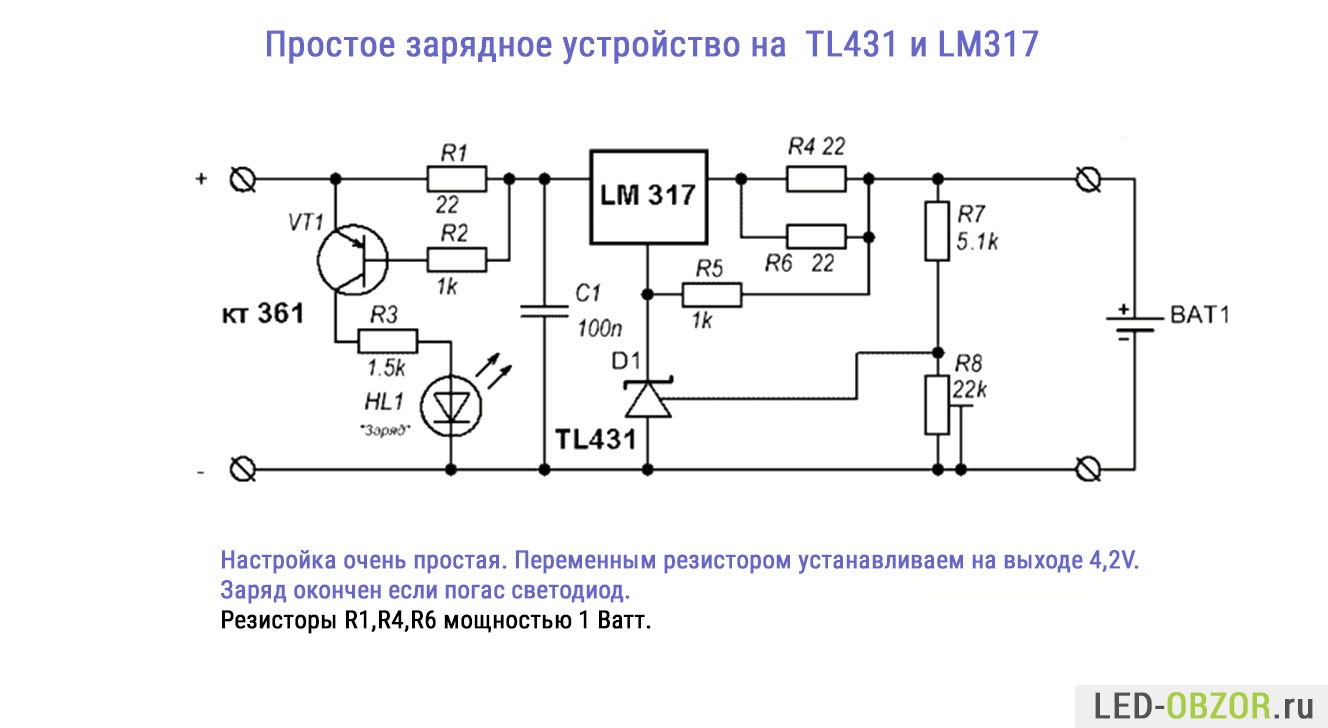Stabilizator Toka I Napryazheniya Na Dvuh Lm317

So, the previous article about lab power supply gathered quite a interest which is not a big surprise considering that there are over 200 pages of discussions in two topics about the schematic in this forum:! I think that the schematic in is not the original one but a modification of an older schematic published in a Czech electronic magazine. I found it here: There are scanned pages from the magazine with the original article and eagle files for the project. With the original schematic at hand I took the liberty to make a few changes. First of all I replaced two transistor-zener regulators with LM317L/LM337L. Circuits are calculated to produce 33V positive and 3V negative voltages. Thus total supply voltage for the opamps does not exceed 36V and therefor we may use standard ones.
I to, neobhodimo pomnit', chto, skladyvaya odno yabloko s drugim, my govorim o dvuh yablokah, tem samym absolyutno otozhestvlyaya odno yabloko s drugim, ne obrashaya vnimanie na ih otlichiya: razlichiya po vesu, forme, razmeram, cvetu, stepeni zrelosti, vkusu i tak dalee.
I also made changes in the LED drive circuit and a few other minor changes. The resulting schematic was this. After that I decided to simplify the schematic even further.
I replaced unnecessary complicated circuit for voltage reference build with IC2 with simple resistor-zener circuit. This will give us stable reference voltage as the supply voltage is already regulated with LM317. In the original schematic voltage reference is 9.4V so I chose to use two zeners - 3.3V and 6.2V connected in series which should give us 9.5V. Tales of destiny 2 ps2 iso english torrent. Also the selected zeners have opposite temperature coefficients which should eliminate each other resulting in excellent temperature stability.
And this is what I worked out. The trimmer P3 adjusts the minimum current limit. P4 adjusts the maximum output voltage. After the final adjustment we may replace the trimmers with standart resistors.
Power transistor must dissipate quite a heat and thus require very big heatsink and maybe active cooling with a fan. We may use two or tree transistors in parallel with emitter resistors to achieve more power.
The rectifier gets very hot when the output current is over 2A, so a small heatsink on top of it will be useful. The transformer must be 100-120W with 27-30VAC output voltage. You must make some corrections in the schematic if the output voltage is lower or the voltage drop is higher when the current is high. R10 and R21 set the output voltage of the regulator IC3 (LM317) and they must be calculated in such way that the output voltage is 2V lower than lowest input voltage. If, for example, lowest voltage measured across C1 when power supply is fully loaded is 27VDC then output of IC3 must be 25V. With R10 = 4k3 and R21 = 220R we will have that output voltage.
With 25V stabilized voltage for ICs the maximum output voltage of the power supply will be around 23VDC. The schematics will work without these changes but the output voltage will not be so stable. If the voltage across C1 is bellow 33VDC without load then the IC3 will be unnecessary and we may omit it. For the current sensing resistor R7 I use two parallel resistors 0.68Ohm/10W.
You may use a single 0.33Ohm/10W resistor but it will get too hot. With R16 = 82k and R7 = 0.33Ohm the maximum current limit adjusted with P2 will be more than 3A - more like 3.3A. If we want to be closer to 3A then the R16 must be 91k.
You may add a 1k linear potentiometer in series to the P1 for fine adjustment of the voltage. Bugs bunny and taz time busters cracker. Or the better way is using a multiturn potentiometer but they are expensive.
The bizarre looking zener Z1 connected with PAD1 is used to power supply the digital voltmeter which indicates the output voltage. It requires 6-28V supply voltage and with that zener I reduce the input voltage to an acceptable level. Z1 may be omitted if not needed. I will be glad if other people try this schematic and provide here feedback.
Later there will be link for downloading the project files. Here the promised download link: Inside are PDF files with all project files + partlists. Use them on your own responsibility. Update (June 5, 2014) A lot of people asked me to draw a diagram how to connect digital panel meters. Here how can be connected digital voltmeter and ammeter.